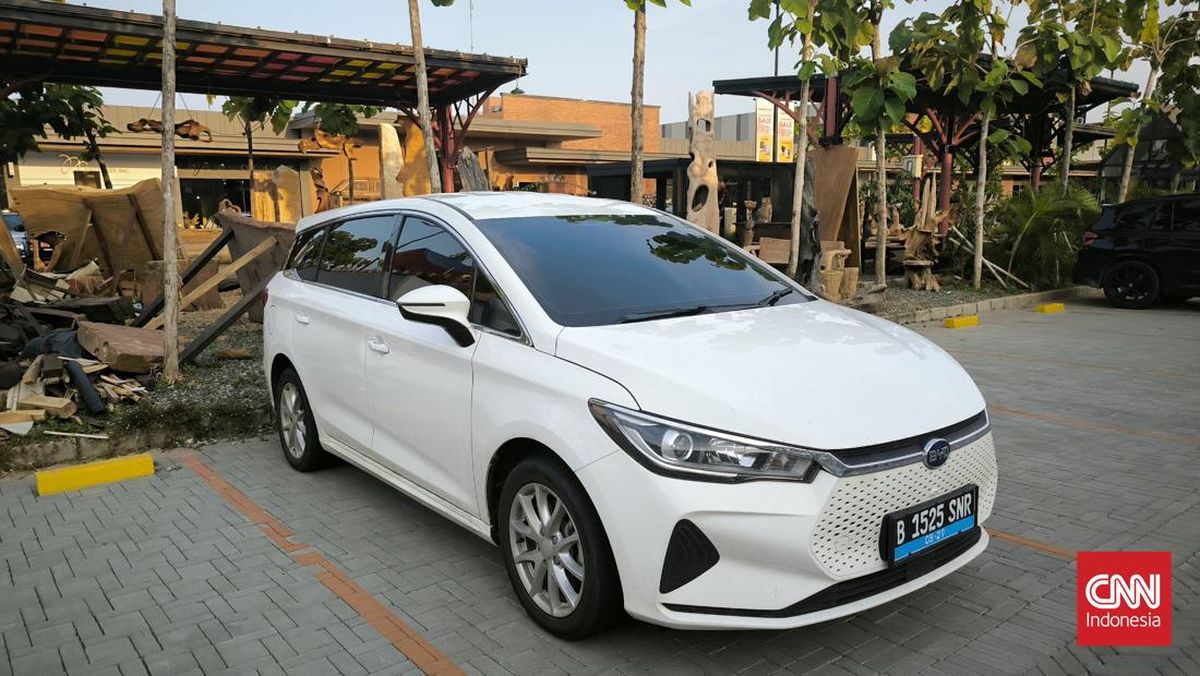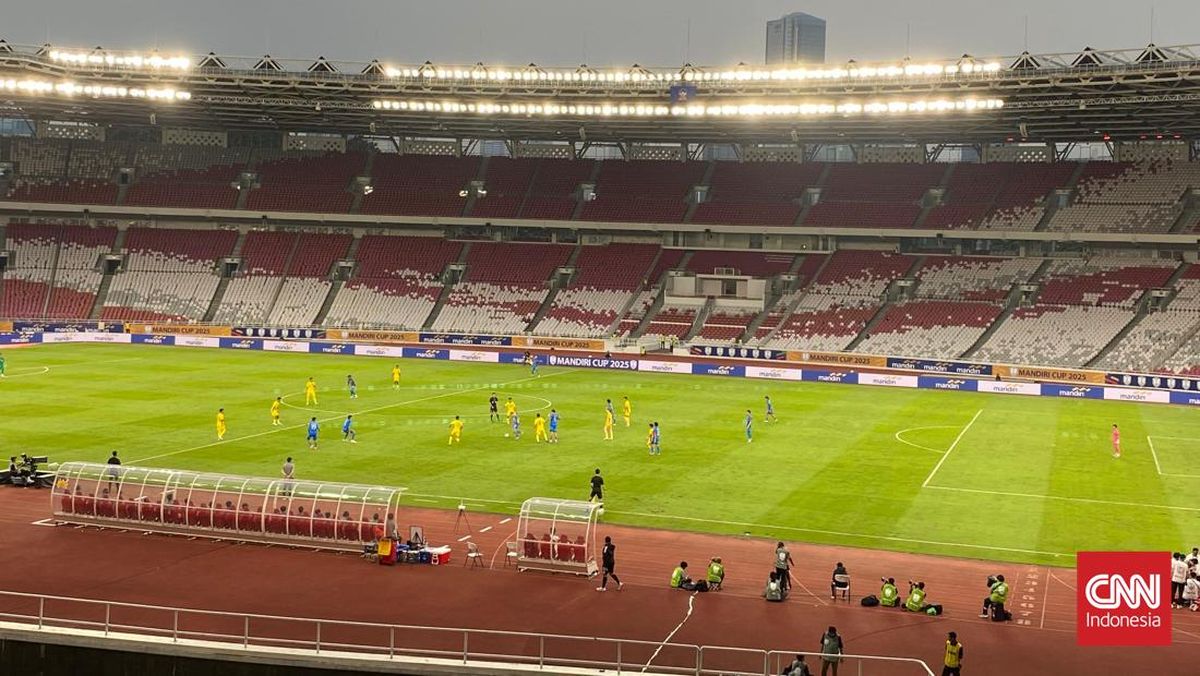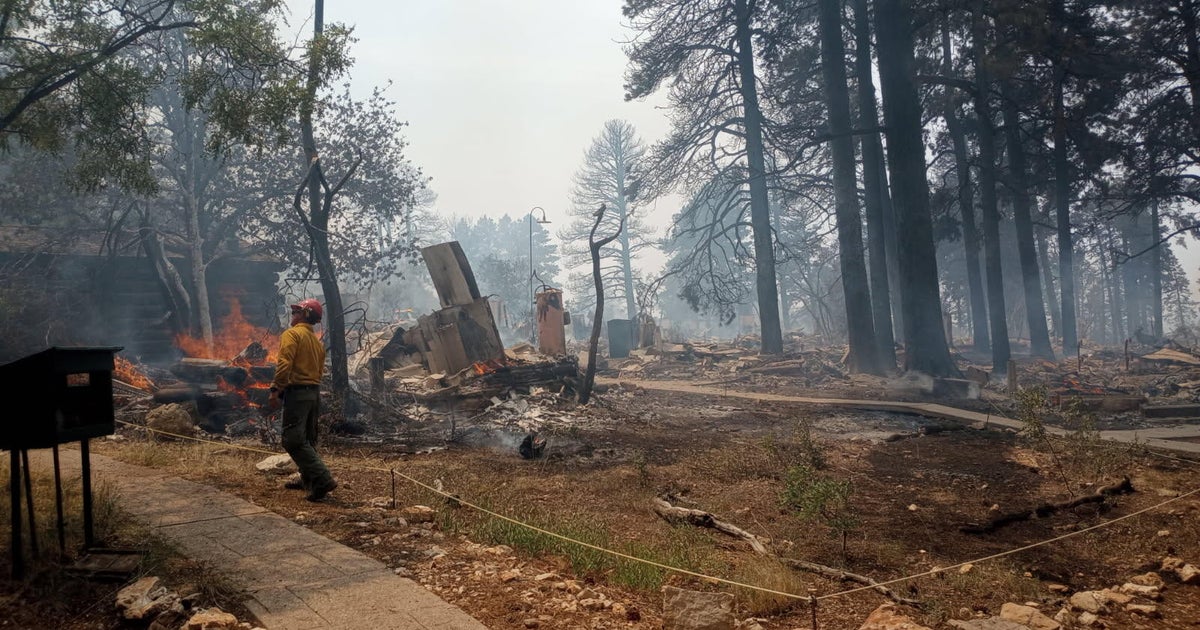An aerial light show mishap in which more than 400 drones plunged into the Yarra in inner Melbourne was caused by wind conditions overwhelming the technology and the pilot’s ability to respond, the nation’s air transport authority has said.
The July 2023 light show operated by Australian Traffic Network was planned to coincide with the Matildas’ warm-up game with France’s national women’s soccer team at Marvel Stadium.
The Australian Transport Safety Bureau’s investigation concluded that drones in the swarm of 500 Damoda Newton V2.2s were pushed out of position by winds that exceeded the standards set for the units.
Soon after launching the swarm, the pilot identified “both visually and from errors displayed on their ground control station computer” that many drones were out of position.
As the drones followed directions to move from the launch area to the show area over the water, more errors appeared on the computer and the drones began colliding, the safety bureau said.

Searching for drones in the Yarra after hundreds fell ahead of the soccer match at Marvel Stadium in 2023.Credit: Wayne Taylor
“As the errors cascaded, drones were observed to be out of position and colliding with one another,” bureau chief commissioner Angus Mitchell said.
In response, the drone pilot “commanded the swarm to loiter and hold position, and attempted to return those with the most significant errors to the launch site individually”.
But the drones lost connection with the pilot, and fell en masse into the river.
Loading
The bureau’s probe found that soon after launch the drones were operating in wind conditions exceeding their capability, which triggered collisions and technical errors. The pilot did not recognise that wind limit exceedance information was available on the console used to control the units, and the software did not alert them to the problem.
The bureau said 427 of 500 drones were lost. Immediately after the event, divers retrieved as many drones from the Yarra as possible to prevent their lithium batteries from polluting the river.
“This incident demonstrates the importance of drone pilots being familiar with all functionality and data provided by relevant ground control software,” Mitchell said.
The safety bureau said the drone maker was also considering updating its software to generate alerts for windy conditions that can affect drone operation.
Daniel Wood, owner of Working Drones Australia, said: “While there was a clear failure as identified by the [bureau] and a very expensive lesson, it’s important to recognise there were no injuries or damage, because the organisers appropriately assessed the risks and conducted the event over water.”
Loading
Swarm technology will be used more often, Wood said, including for purposes such as law enforcement, civilian search and rescue, and wildlife monitoring.
Future drones would be smaller and use more disposable technology, said Wood, whose company provides services used by various government and critical national infrastructure providers.
Australian Traffic Network has been contacted for comment.
Most Viewed in Business
Loading

















































